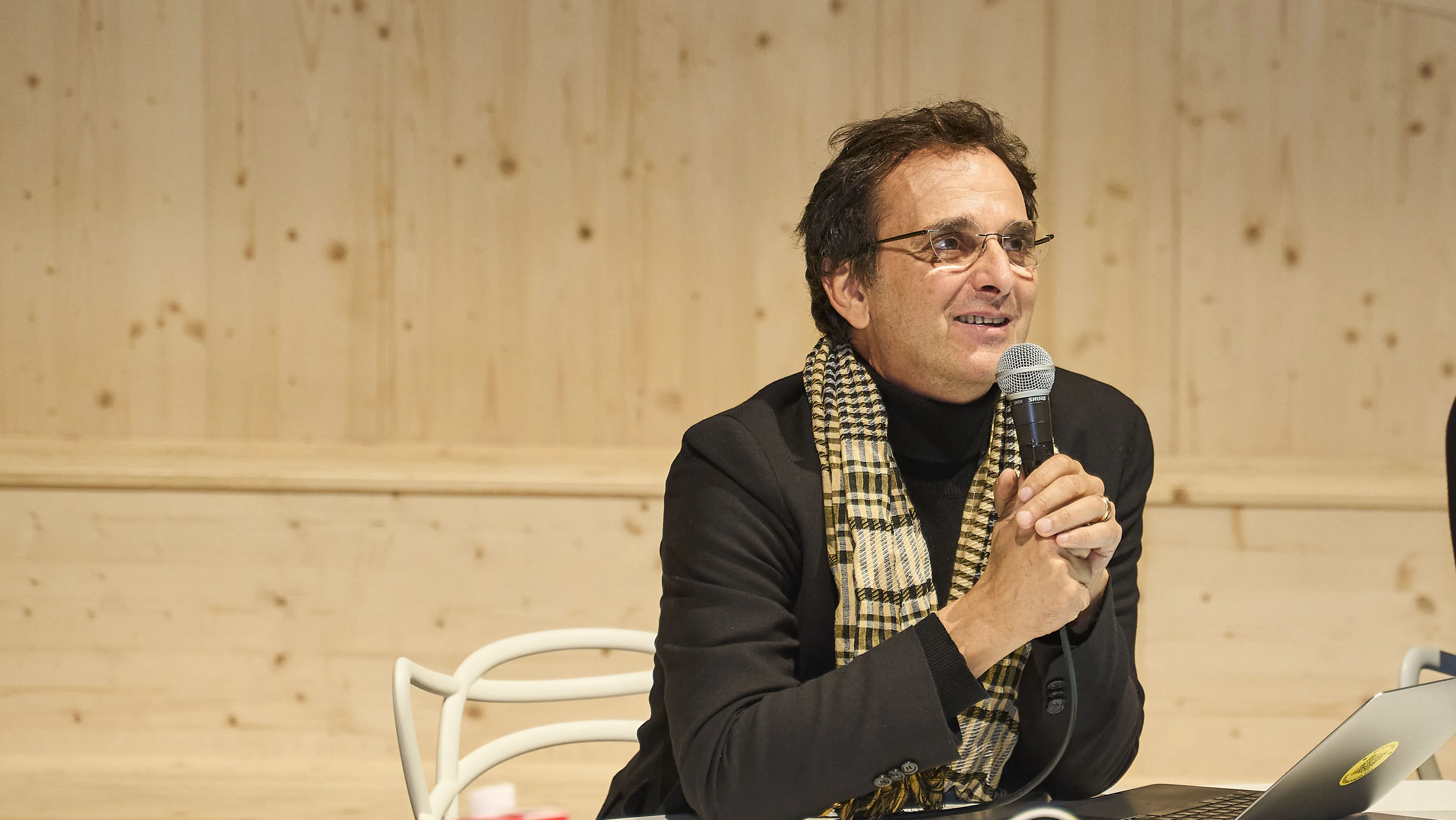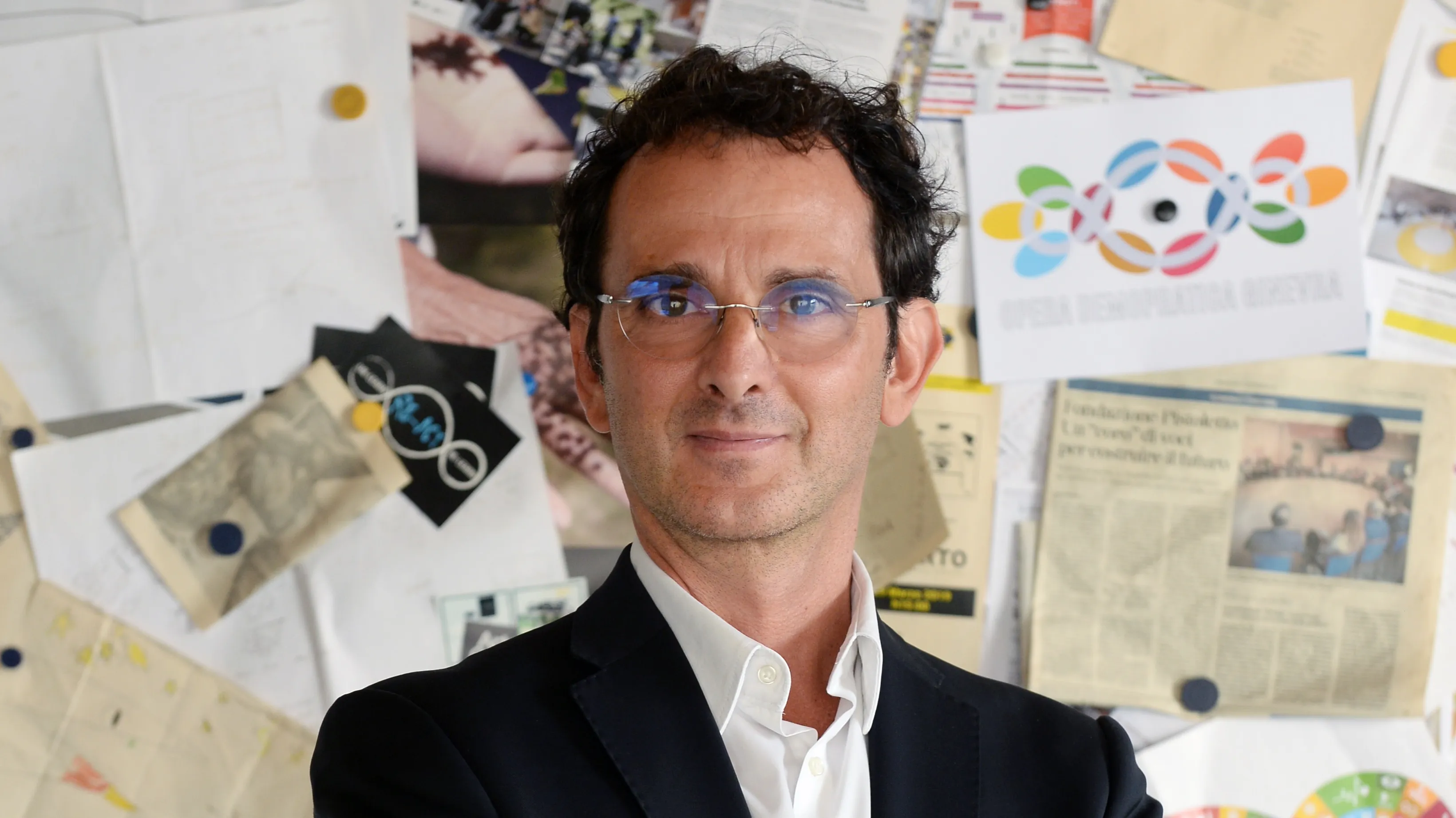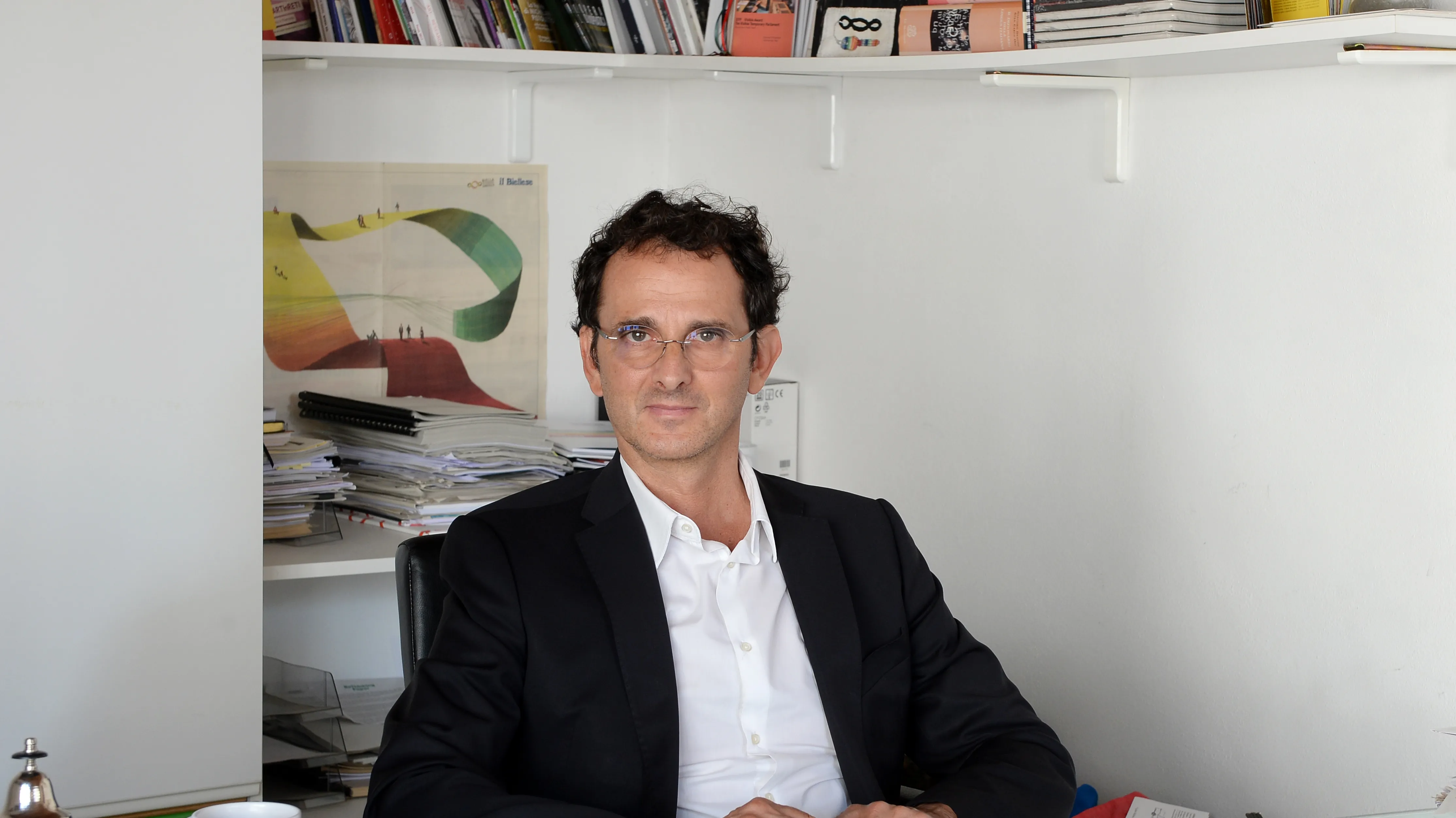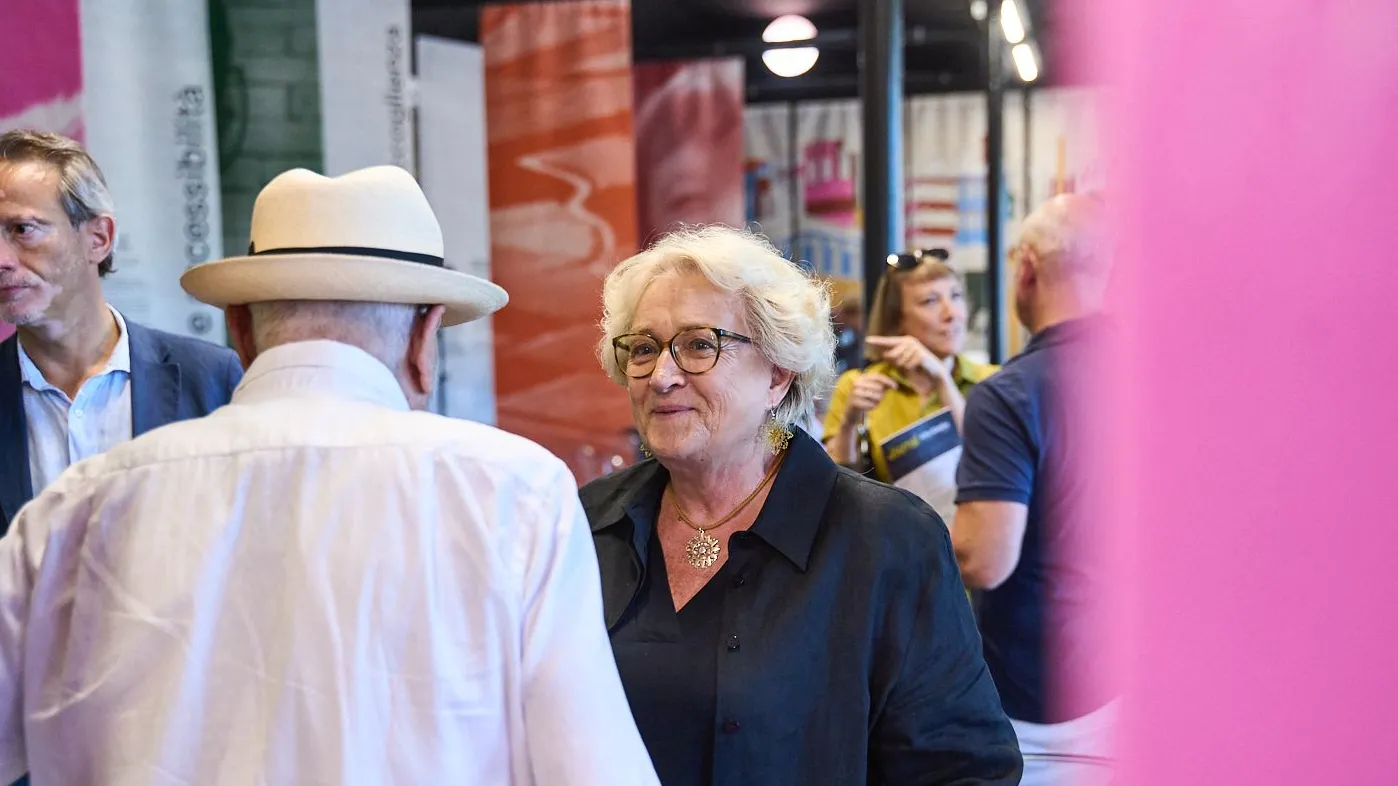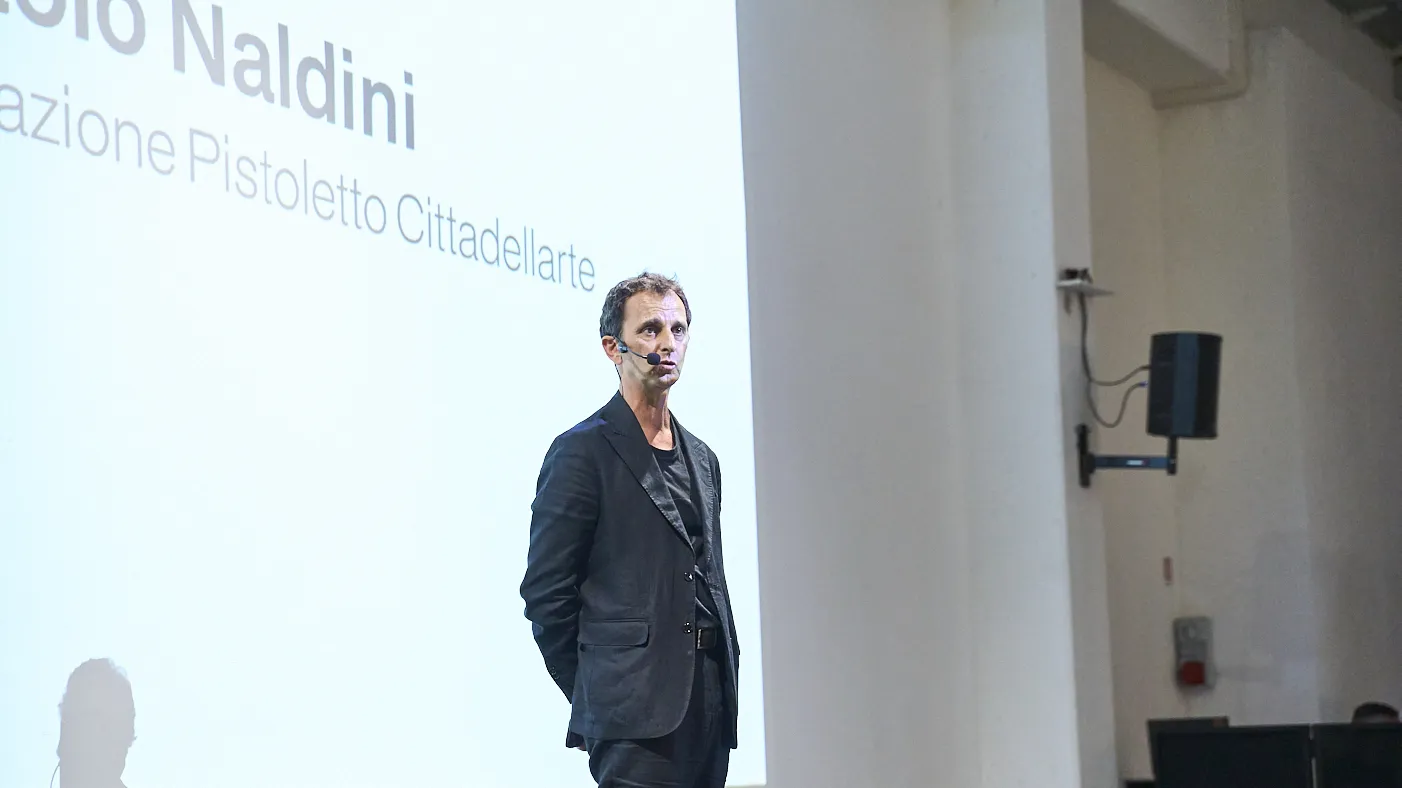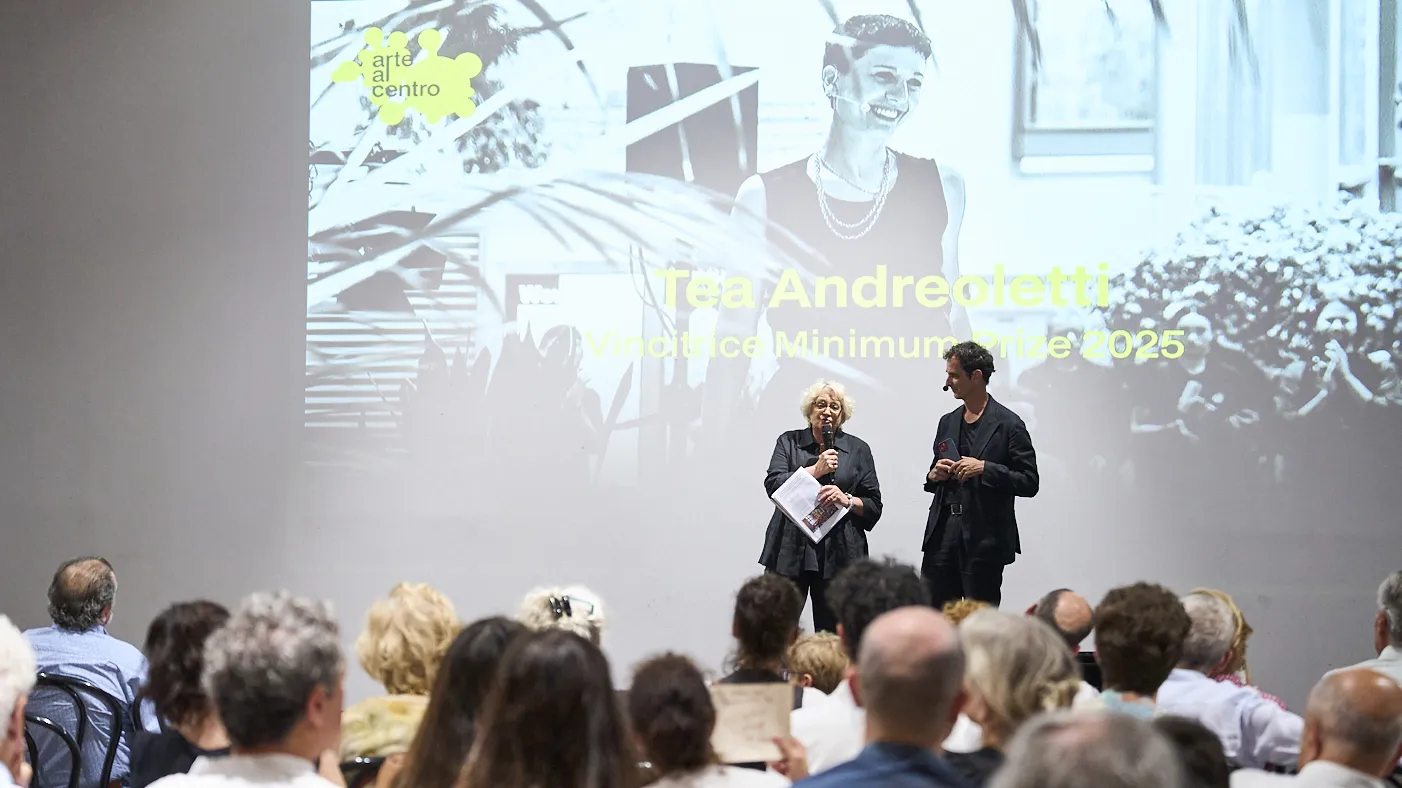What can we
help you find?
Ricerche suggerite
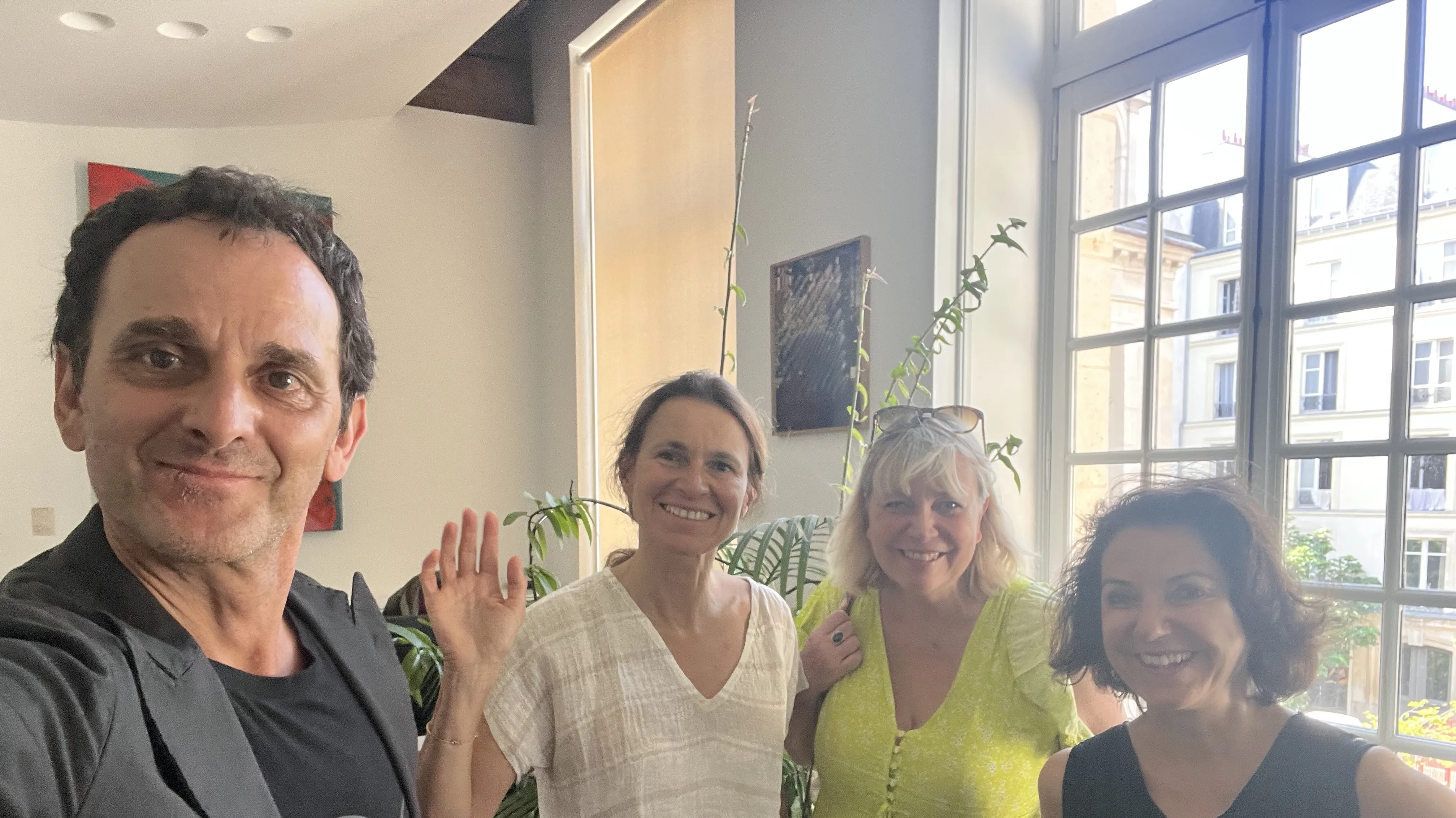
Beyond the silent scene, towards a cooperative city: art as a tool for demopractic demonstration
Demopraxy is poised to flourish again in France: a meeting between Cittadellarte director Paolo Naldini and Paris City Council director of culture Aurélie Filippetti, held last Wednesday at the Palais de Tokyo, sparked a new dialogue between art, institutions, and active citizenship. "The conversation with the director", Naldini said, "leads to questioning and, above all, to taking action to re-establish a constructive dialogue that fosters an alliance between those represented and those represented".
"We need to reconstruct a sense of politics. I'm pro-Pal, they say, but above all I'm pro-Pol: because I'm pro-Palestine, but above all pro-Politics. Political representatives represent what they feel, but if the 'demos' doesn't feel, express, or demonstrate, what's left for them to represent? A silent scene?" With this provocative question, Paolo Naldini, director of Cittadellarte, recounts the origins and motivations that led to the meeting that took place on Wednesday, July 2nd in Paris with Aurélie Filippetti, former French Minister of Culture and now head of the Department of Culture of the City of Paris. The event took place in an elegant public building along the Seine, in the heart of the Marais—one of the few still used for civic functions in a neighborhood now dominated by real estate and private interests—and was organized thanks to the work of Michel Stien and his organization Coop-Cité, committed to promoting working groups and civic conversations inspired by the United Nations 2030 Agenda. Filippetti, impressed by the Art of Demopraxy project developed by Cittadellarte and informed about it by Stein herself, wanted to gain firsthand knowledge of the principles and methods that underpin a political vision in which art acts as an agent of social transformation. "It was a discussion", Naldini says, "in which the public function did not appear distant or self-referential, but eager to listen and engage".
Representation and Demonstration: The Heart of Demopraxy
Naldini, to illustrate his exchange with Stein, begins by forcefully reasserting the centrality of two key concepts often overlooked in the lexicon of contemporary democracy: representation and demonstration. The former, usually seen as mere delegation, is for him the essence of liberal politics, the recognition of a responsibility shared by both representatives and the represented. As for demonstration, however, regardless of polarizations or possible socio-political alignments, for Naldini, all those forms of expression through which a people makes visible what they feel are fundamental. Among these, for the director, one is particularly significant: "Art is perhaps the most powerful: it makes visible—he specifies—what we do not yet see or even know we feel. What else is it if not the expression of the feelings we have as a collective, as a demos?" At the heart of Naldini's reflection, therefore, lies a powerful invitation to redefine the very meaning of "demonstration": no longer just the confrontational and sometimes chaotic act of public demonstration, but a widespread and continuous form of expression of collective sentiment. It is in this almost oracular—or angelic, as his comparison with Christian iconography suggests—function that the artist assumes the role of spokesperson for the demos, capable of anticipating and catalyzing collective sentiments. Michelangelo Pistoletto's Mirror Paintings themselves, which not only reflect the artist's individual act, but welcome anyone who stands before them. Art thus becomes the space in which the citizen takes shape, presence, and voice. "Pistoletto's mirror doesn't just reflect: it welcomes. It is an empty space in which anyone can manifest themselves".
From theory to practice: designing a "Demopractic Work" in Paris
The meeting with Filippetti was not only an opportunity for theoretical discussion, but also the launch of a potential concrete collaboration. The idea is to co-design a new Demopractic experience in Paris, with a view to 2026: perhaps next year, the Demopractic Opera in Paris will join those planned for Seoul, Rome, Gorizia, L'Aquila, London, Edinburgh, and Havana, as well as the Biella Archipelago. This will allow the civic and cultural practices already present in the city to emerge and be visible, restoring their centrality and dignity through a shared project. This model had some early signs in France in 2011, with the Bordeaux Urban Art Biennial, directed by Michelangelo Pistoletto and Cittadellarte at the invitation of then-mayor Alain Juppé. Two years of work with hundreds of local organizations, curated on site by figures like Judith Wielander, who now leads the Visible project, an archive dedicated to making visible the practices of social transformation triggered by art.
A New Civic Commission
The heart of the discussion finally returns to a crucial issue: commissioning. Who "asks" artists today to intervene? Who entrusts them with the task of manifesting, of making visible, whose feelings and thoughts? "Human communities", Naldini states, "have always commissioned artists, as in fifth-century Athens, to represent collective values, anxieties, and desires". For much of our history, art has not been a superfluous expression of solipsism (indeed, it never has been), but rather an essential civic function, at best democratic: "Today, with the work of Cittadellarte, we want to be able to say", adds the director, "at best, demopractic. Because there is no person who is not capable of intelligent reflection on artificial intelligence or the climate crisis, provided they are freed from the urgency of daily survival. Art, in my opinion, is like Socratic philosophy in contemporary society: it can, indeed, must be the midwife of this awareness of the potential of individual and collective intelligence, provided that society creates the space for it to flourish; within this framework, the alliance between those represented and representatives can therefore find new foundations".
The State of Art: a pact between those represented and representatives
Naldini concludes by outlining an already concrete horizon: the construction of Statodellarte. A tool for establishing an active citizenship that doesn't simply delegate, but co-designs. And if demopraxy can be the grammar of this new civilization, art is its language: it manifests, decodes, and transmits. From Biella to Paris, via Bordeaux, a new cultural geopolitics is taking shape, founded on cooperation, listening, and shared creativity. "We no longer speak simply of shared administration: we are outlining a true demopractic, a practice of the demos that expresses itself, manifests itself, and self-organizes".
